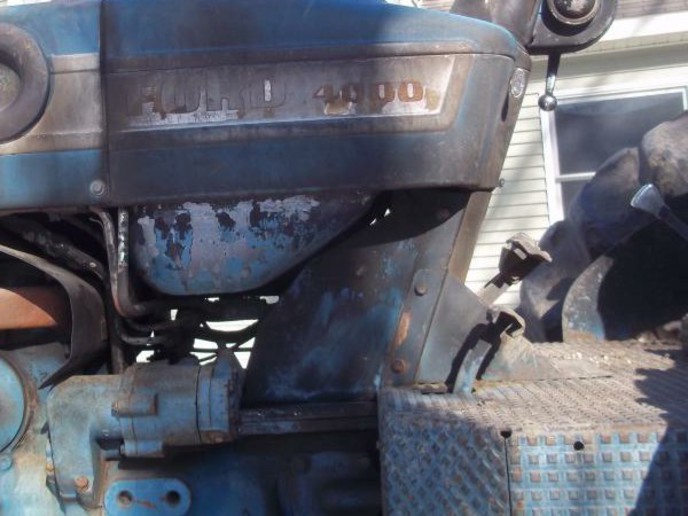Robert (ID)
Member
As im working on a 5000 with SOS, my mind wanders. I have a 67 4000 diesel SOS that is awesome to bale and cultivate with and hearing many people who love the 5000 SOS, I keep wondering " why after the 5000 did ford drop the SOS"?
So Im wondering if anyone can shed some light on this... I know the early SOS cost ford dearly, but didnt they have it figured out on the 5000?? I have heard from many the 5000 SOS is the cream of the crop..
Deere released an 8 SP powershift in 64 and has one ever since.. Why didnt ford follow thru?
Now Im not wanting to start any wars here.. so please play nice..
PS ive run both deere 8 speed and ford 10 sp.... I prefer the Ford trans
So Im wondering if anyone can shed some light on this... I know the early SOS cost ford dearly, but didnt they have it figured out on the 5000?? I have heard from many the 5000 SOS is the cream of the crop..
Deere released an 8 SP powershift in 64 and has one ever since.. Why didnt ford follow thru?
Now Im not wanting to start any wars here.. so please play nice..
PS ive run both deere 8 speed and ford 10 sp.... I prefer the Ford trans


